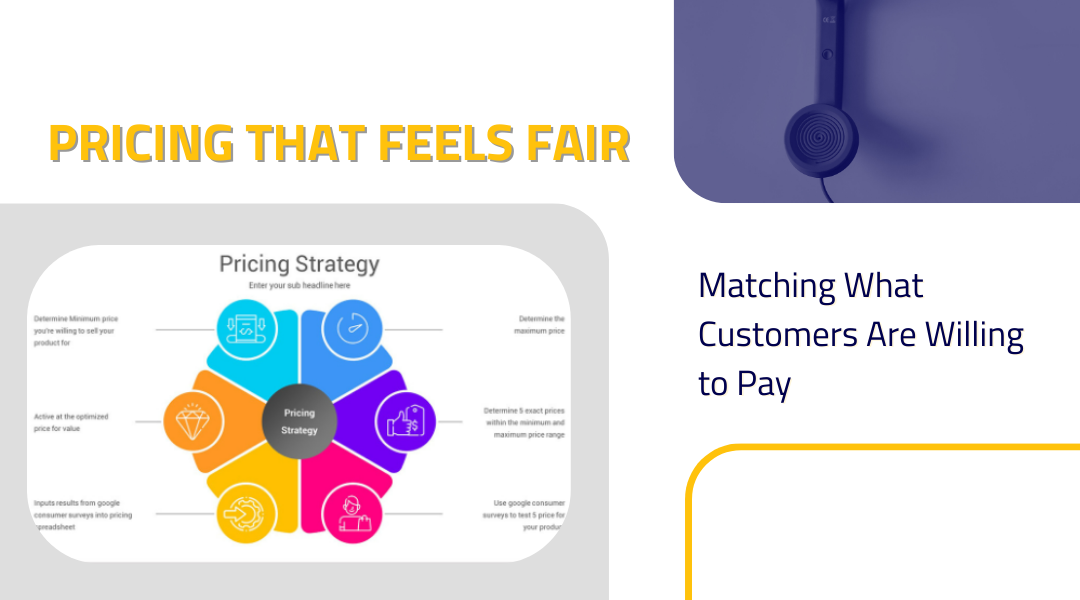When someone rents a camping tent or a kayak, they’re not just paying for the gear. They’re paying for the experience it enables. If the price feels out of sync with what they believe it’s worth, they’ll walk away. So how do you set prices that feel fair—and even exciting—to your customers? Here’s how to get it right.
Know Your Customers (Really Know Them)
A weekend backpacker looking for budget gear has very different expectations than a corporate team booking high-end equipment for a retreat. Break down your audience into clear segments:
- Adventure newbies who want affordability and simplicity.
- Seasoned outdoorspeople who prioritize performance and durability.
- Families or groups needing convenience and bundled deals.
Tailor your pricing to match what each group values most. A student renting a sleeping bag for a festival won’t pay the same as a mountaineer prepping for a summit climb—and they shouldn’t.
Show, Don’t Just Tell, the Quality
People will pay more if they believe the gear won’t fail them. Instead of just saying “high-quality,” prove it:
- Feature close-up shots of reinforced stitching on backpacks.
- Highlight maintenance logs (“This tent was inspected after every rental”).
- Share customer stories: “Survived a downpour in Patagonia—stayed dry thanks to this jacket.”
It’s Not Just About the Price Tag
A cheap rental feels expensive if the booking process is frustrating or the gear shows up late. On the flip side, a higher price feels justified when:
- The website lets them reserve in three clicks.
- Your team includes a handwritten note with pro tips.
- You offer 24/7 support during their trip.
Think of it like a restaurant—people happily pay more for great service and atmosphere.
Listen to What Customers Actually Say
Don’t guess—ask. After a rental, send a quick survey:
- “Did the gear meet your expectations for the price?”
- “What would make the rental feel like a better deal?”
If multiple climbers say your premium ropes are priced right but your budget coolers feel overpriced, adjust accordingly.
Give Them Choices (But Not Too Many)
A tiered approach lets customers self-select what fits their needs:
- Basic: No-frills gear for short trips.
- Premium: Top-tier equipment with add-ons (free delivery, expedited cleaning).
- Bundles: “Family Camping Pack” with tent, sleeping bags, and stove at a slight discount.
This avoids sticker shock and makes upgrades feel like a smart move, not a sales pitch.
Keep an Eye on the Competition—But Don’t Copy Them
If every rental shop in town charges $30/day for a mountain bike, ask:
- Are they including helmets/locks, or is that extra?
- Do they have older models, while yours are new?
- Is their customer service slower?
Price slightly higher if you offer more value, or match them but highlight your advantages (e.g., “Same price, but we include a free repair kit”).
The Bottom Line
Pricing isn’t just about covering costs—it’s about making customers feel good about their choice. When someone finishes a trip and thinks, “That was totally worth it,” they’ll come back. And that’s how you turn renters into regulars.
Pro Tip: Test small changes. Try raising prices on your most in-demand items by 5%—if no one balks, you’ve just boosted profits without losing trust.
